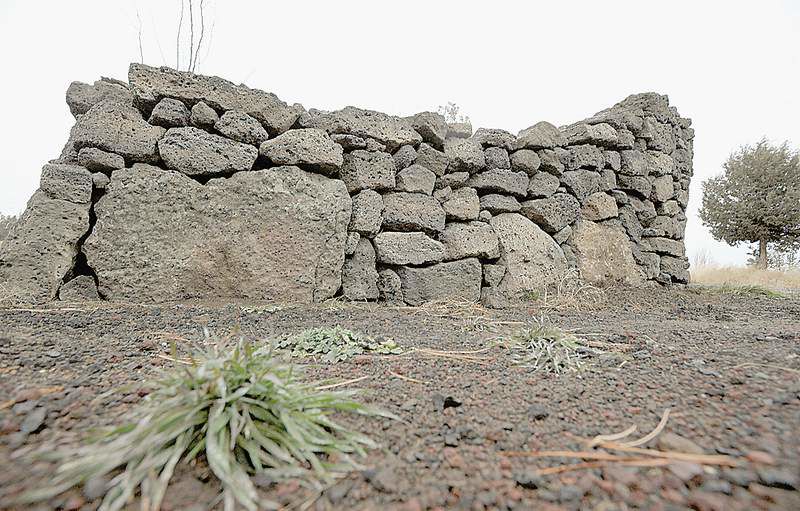Plan a garden wall now
Published 4:00 am Tuesday, January 4, 2011

- John Hancock constructed a wall at the entrance of his home from rocks collected off his property.
Look outside, and see the snow on the ground. The growing season is over. It’s too late for fall pruning, and too early to start pruning trees and shrubs for spring. Except for some regular tree and shrub watering, you can’t do anything in your garden. Accept it.
But that doesn’t keep hard-core gardeners from needing some project that involves dirt under their fingernails.
So, now is a good time to think about spring garden projects, such as that decorative stone wall idea you’ve been kicking around.
At some point, something will have to be done with that pile of rocks that was removed when the lawn was put in. Is building a stone wall out of those rocks a viable do-it-yourself project?
Surprisingly, if the weather cooperates, it is possible to start a dry-stack stone wall now, says Brian Salazar of Empire Stone Co. in Bend.
“You need to get the foundation in while the ground is thawed,” he recommends. “But once that foundation is established, you can stack rocks whenever you want to.”
A dry-stack wall, as the name implies, doesn’t use mortar or a binding agent. The stones are placed and stacked in an overlapping pattern, which holds the form together. Such a wall can be built virtually anywhere, and the structure can be tall and elaborate or relatively simple. There is no mortar to crack and deteriorate, and the only limitations are your skill, quantity of materials and imagination.
And there is an additional advantage: When the wall is completed, if you decide you don’t like it or want to move the structure somewhere else, it can be disassembled.
Dry-stack stone walls are as old as agriculture, because rocks had to be removed from fields to allow cultivation. At some point, an ingenious prehistoric farmer figured out that those stones could be stacked up to take less space, and this would also create structures to confine domestic animals and serve as boundary markers.
Today, locals find that the slabs of basalt lava rock, common to the Central Oregon area, can make stunning walls. There doesn’t seem to be a lack of raw materials, so all you need are the rocks, a location, patience and time. For beginner wall builders, Salazar recommends an 18-inch-tall wall as a good goal. Much higher than that probably requires more skill than the average homeowner has.
Here are some stone wall constructions tips from Salazar.
“You need a vision of what you want the wall to look like. Before you start, look around and find a wall you like,” he advises. “Then decide why you like it, and if you could adapt some of those design features into your garden wall.”
The foundation should be started when the ground is not frozen, Salazar recommends. Dig a trench where the wall will go, he said, then lay down at least a 6-inch-deep layer of three-quarter minus (a moderately fine grade of crushed rock) in the trench.
“You’ll need to tamp the gravel down well,” he advises. “Make sure the foundation is level and solid, or you’ll have problems later if the foundation shifts when the wall gets higher.”
The shape of the rocks will help determine the final outcome, Salazar said. Rocks are heavy, especially when you’ll be lifting a lot of them, he added, and you need to decide what weight is comfortable to work with. Generally, each rock will be moved several times in the building process, he said, and it is important to consider the handling before starting.
“You need fairly consistent shapes,” he said. “There should be at least two flat sides for ease of stacking, and you may have to shape the width.”
The wall shouldn’t be completely straight vertically, he added, because that may eventually cause the wall to shift or the rocks to move.
“Start out wider at the bottom, then gradually taper it up to the top,” he recommends.
The dry-stack wall technique works well for retainers and as boundaries for flowerbeds, he said, and can be adapted into other landscape features.






